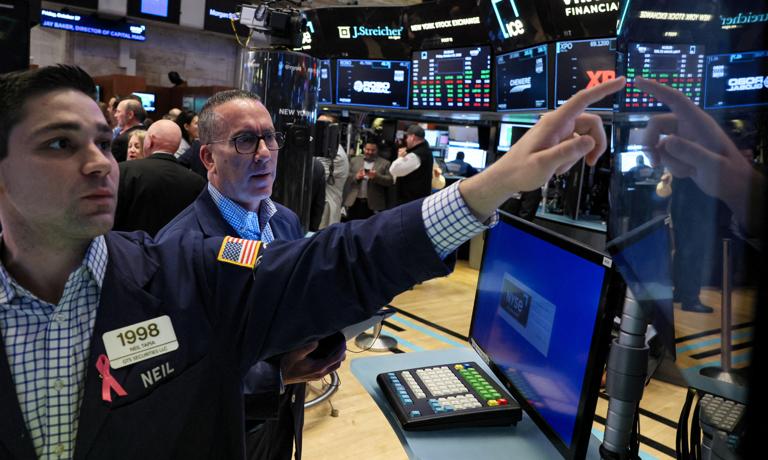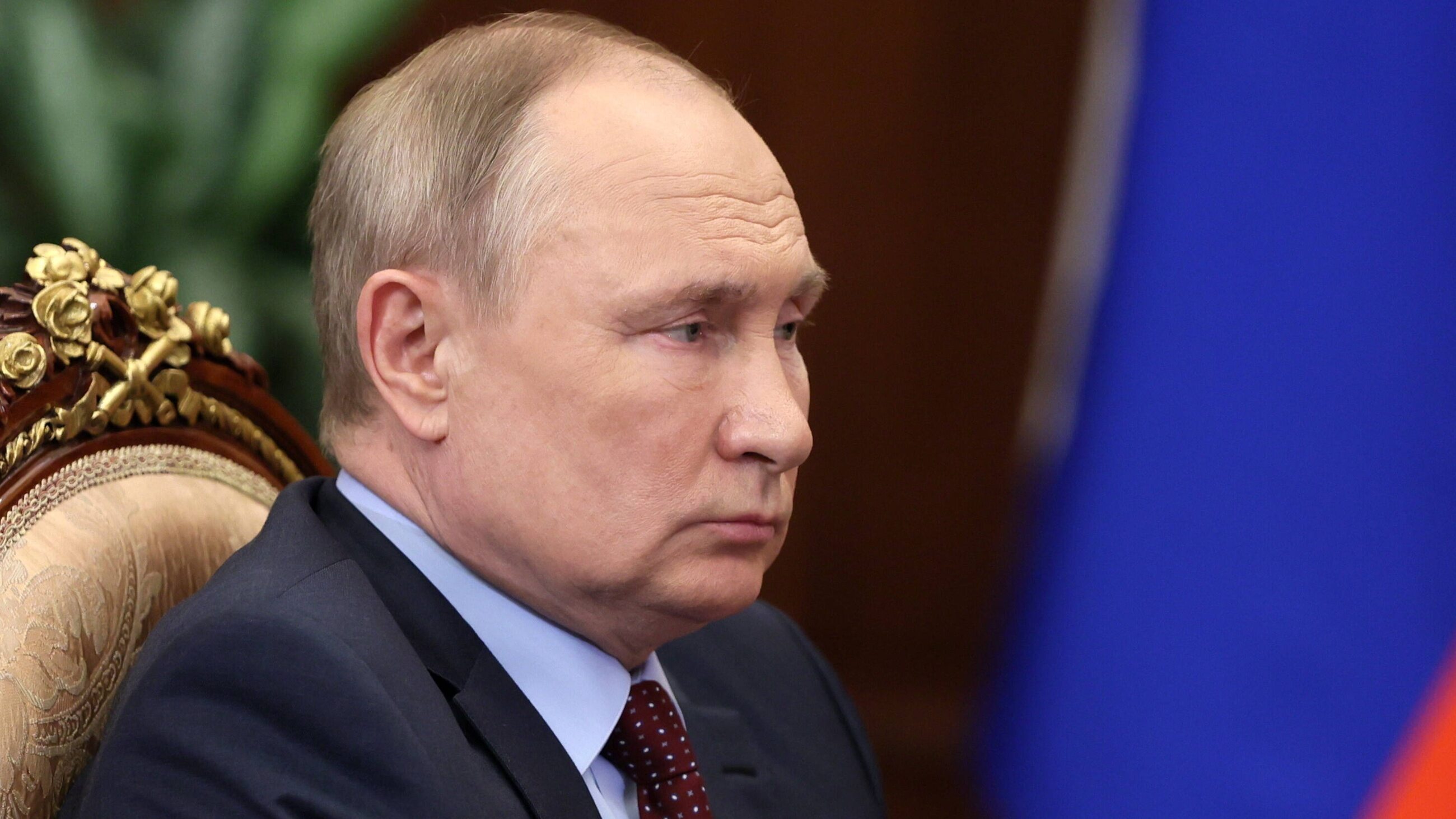The S&P 500 index ended Wednesday's session at 4,739.21 points, which translated to a decline of 0.56%. The Nasdaq index lost 0.59% and fell to 14,855.62 points. The Dow Jones Index lost only 0.25% and ended trading with 37,266.67 points.
The key to Wednesday's session was the macro data coming out of the United States. Retail sales in December rose (nominally) by 0.6% m/m, beating market expectations of 0.4% m/m. This is a sign that the American consumer, although still declaring themselves in a bad mood, is still eager to reach into their wallet (or rather, use their credit card limits to the max). However, industrial production statistics were not remarkable – in December they rose by only 0.1% month-on-month and were only 1% higher than a year ago. Developer sentiment also unexpectedly improved significantly – the NAHB index rose to 44 points in January. Compared to 37 points in December and the expected 39 points.
However, it was the trade data that had the biggest impact on the market. After its publication, yields on Treasury bonds rose. In the case of two-year securities, the move was as much as 12 basis points. Upwards, but in the case of 10-year bonds only 3 basis points. Futures traders slightly tempered their expectations for “generous” interest rate cuts by the Federal Reserve. The market is still betting on 5-6 cuts of 25 basis points each. Each by the end of 2024. In December, FOMC members indicated a maximum of three cuts.
If subsequent macroeconomic releases indicate that the Fed does not need to cut interest rates suddenly and sharply (that is, they do not signal a recession), most Wall Street investors' calculations may turn out to be worse than wrong. Therefore, in the coming months we can expect markets to become more sensitive to statistics released by the world's largest economy.
What is happening in China does not inspire optimism either. Investors reacted very nervously to the officially expected macro data from the Middle Kingdom. The GDP reading turned out to be (as usual) in line with the party line, but the market reaction was not. Hong Kong's Hang Seng Index fell 3.7% and was at its lowest level since 2022. The last time the Shanghai Composite Index was seen this low was in the spring of 2020.
Among the largest companies (at least in terms of capitalization), Tesla shares once again emerged negative and their value fell by more than 2%. This was a reaction to the announcement of a price reduction for the Model Y in the European market. Among the 30 largest companies, shares of Disney, Walgreens and Caterpillar fell about 3% each.
K

Echo Richards embodies a personality that is a delightful contradiction: a humble musicaholic who never brags about her expansive knowledge of both classic and contemporary tunes. Infuriatingly modest, one would never know from a mere conversation how deeply entrenched she is in the world of music. This passion seamlessly translates into her problem-solving skills, with Echo often drawing inspiration from melodies and rhythms. A voracious reader, she dives deep into literature, using stories to influence her own hardcore writing. Her spirited advocacy for alcohol isn’t about mere indulgence, but about celebrating life’s poignant moments.










